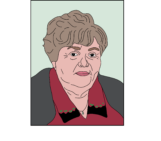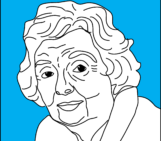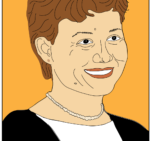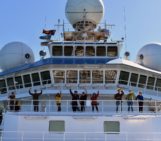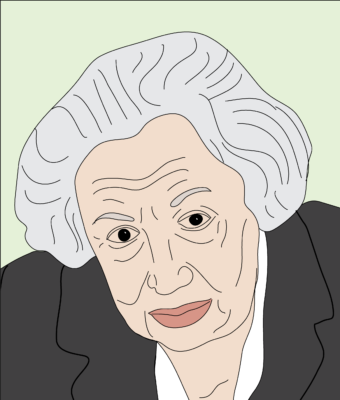
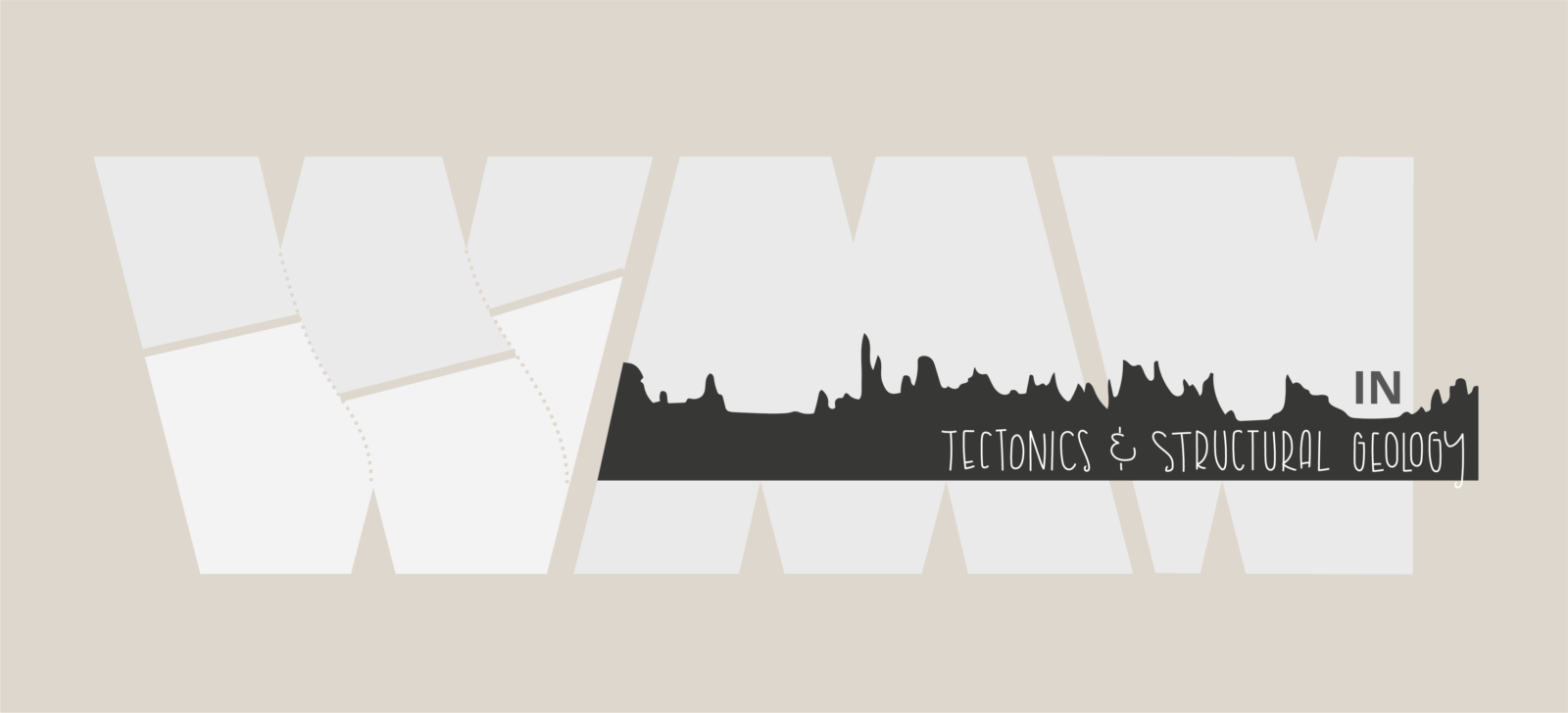
Women in Tectonics and Structural Geology by Lucía Pérez Díaz
On the 12th of August 1898, Maria Vasilyevna Klenova was born to a working-class family in Irkutsk1. This city started as a military outpost in 1652, but had become a bustling city around the turn of the 20th century with around half a million inhabitants. In the year Maria was born, Irkutsk became connected to Europe by the infamous Trans-Siberian Railway. Maria did not stay in Irkutsk very long. She moved westwards to Yekatrinburg to start her education. When she was around 16 years old, World War I started and Maria moved to Moscow. Here, she worked in a hospital to start her medical studies, and follow in her mother’s footsteps, who was a nurse. When World War I changed into the Russian Civil War in 1917, Maria went to Siberia to continue her medical studies.
It was only when she returned to Moscow in the early ‘20’s that she actively picked up on her interest for the natural world, a change in career that was never fully understood. She studied mineralogy at Moscow State University, from which she graduated in 1924. She remained at this university to write her doctoral thesis and specialized in Marine Geology. In 1925 she finished her dissertation and she undertook her first offshore expedition on board the Persei, the research vessel with which she would sail for the next ten years. This research vessel belonged to the just founded Floating Marine Research Institute (Plavmornin). In the early 20th century, women in Russia were allowed to participate in academic missions and so it was not unusual that Maria embarked. She was also not the first female geologist onboard the Persei. That honor went to Tat’yana Gorshkova, a geologist and geochemist.
By the end of the 1920s, Maria was the oldest and most experienced staff member of the State Oceanographic Institute (GOIN). She would regularly serve as the director and in 1930 she became the head of the Laboratory on Marine Geology. The work that she did in these early years of her career was mainly in the Arctic. Her first article was about the mechanical analysis of bottom samples of more recent ocean sediments. But one of her major contributions of this time was a complete bathymetric map of the Barents Sea. In 1949, Maria became professor of the Shirshov Institute of Oceanology of the USSR Academy of Sciences and around that time a member of the Council for Antarctic Research of the USSR Academy of Sciences.
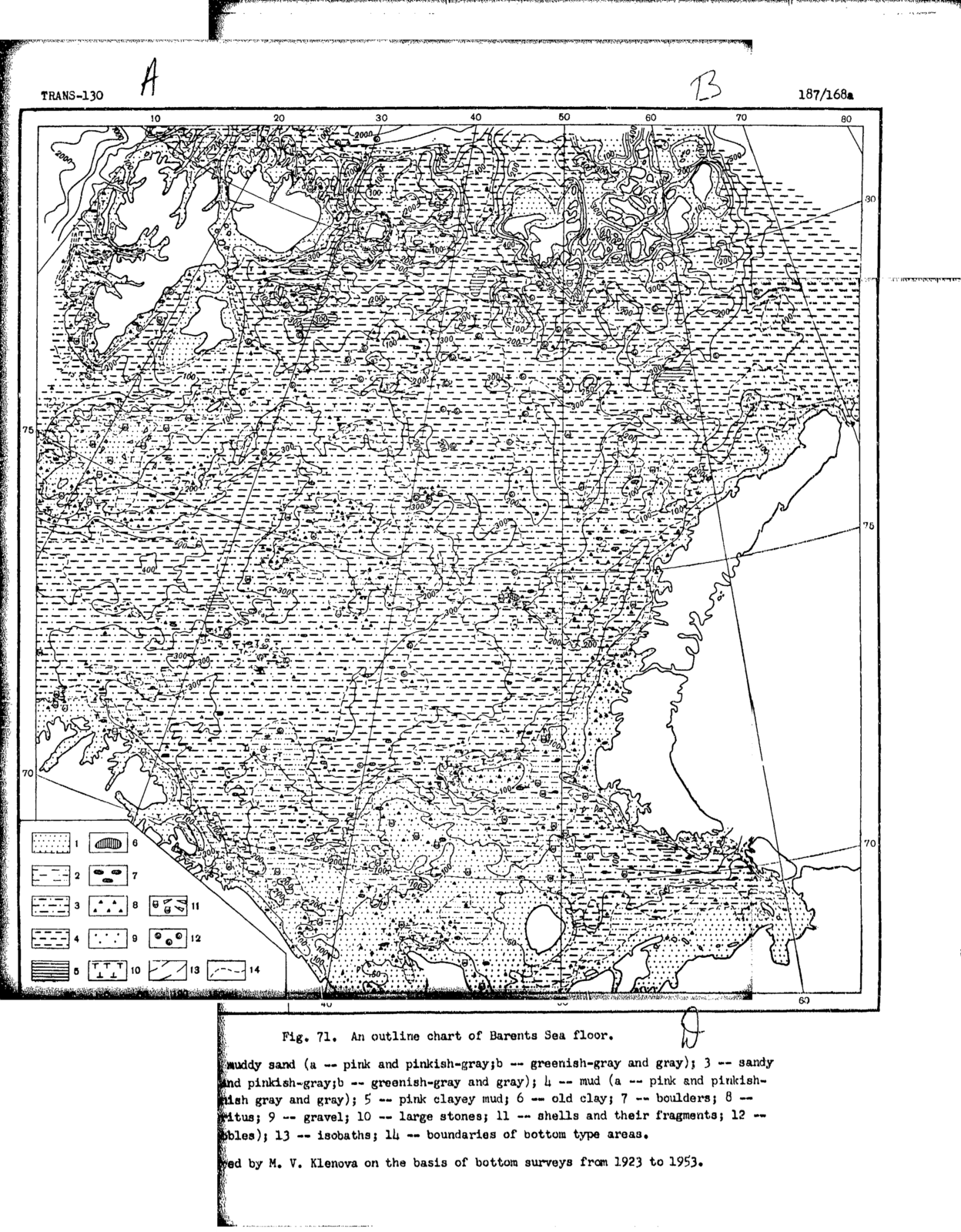
A bathymetric map of the barents sea (Klenova 1948).
Maria’s dream was to go to Antarctica and conduct research there. In the 1940’s she reached out to several whaling vessels and asked them if she could join them to the Antarctic and do her research (Illic 2018). She got permission to join these expeditions multiple times, but the captains of these vessels always found a way to sabotage her plans. When the first Soviet Expedition was finally scheduled, Maria tried everything to join that expedition. She sent the organizers her research proposal, but learned that an informal decision was made that no women were taken along. Even the support of the Head of the Department of Marine Expeditions of the Academy of Sciences was not enough to convince the chief scientist that Maria should join. Maria herself, however, remained very confident. She told the chief scientist that she was at her best during these expeditions and that one person on board ‘who knows how to behave on a ship’ would only bring benefit to the expedition. Maria argued that she was a professional, 56 years old, and had a professor status. All these arguments would have worked if she would have been a man, but she was a woman, even though she herself never made this explicit statement on gender bias. When she realized she could not win the discussion with the chief scientist, she went higher up the hierarchy and contacted a high-ranking Soviet official she knew for over 20 years. One phone call, and the situation was resolved. At that time, the vessel Ob’ had already left, and so she finally joined her first Antarctic expedition on the Lena in 1955-1956. The work she conducted here, which included the production of bathymetric maps, contributed greatly to the first Antarctic Atlas.
This anecdote shows that the glory days of the early 20th century when women were allowed to do science in groundbreaking research programs were finished. Maria’s attempt to join one of the most historically important expeditions of the USSR was overshadowed by a resistance based on both implicit and explicit sexist practices and views that are still heard today when it comes to women participating in expeditions. The chief scientist told her that she would have disturbed the male community with her presence. The men would not be able to have their ‘male conversations’ and share ‘vulgar anecdotes’ is what she wrote in her memoirs. In addition, the women that did participate in these expeditions were stationed on the ships, and were not allowed onshore so had to rely on male colleagues to collect their samples.
Maria showed her determination in reaching her goals. In between the expeditions, she would work at the Soviet Antarctic Station ‘Mirnyi’, based on the Queen Mary Coast, that at the time was still under construction. This made her the first Soviet female scientist to work onshore in Antarctica. On the way back to Russia, Maria was also the first female scientist ever who set foot ashore Macquarie Island. She also discovered many bathymetric features, of which some are named after her. There are the Klenova Valley, close to the North Pole, the Klenova Seamount, about 450km east of the coast of Salvador, Brazil, and the Klenova Peak in Antarctica that is named after her. Even the planet Venus as a Klenova crater, named to honour Maria Klenova.
This first expedition to Antarctica gave Maria an international stature that she used to speak to women in socialist countries. She got space to reach out to people on the radio and many articles were written about her in many different countries. Most important to her, however, was her participation at international conferences and in new marine expeditions. Maria Klenova was a powerful, outspoken scientist. She was determined and loyal to her friends. She recognized that she had hurdles to overcome that men in her field did not have, but she never used this as munition in her discussions. Her confidence becomes clear once more, when she meets Francis Shepard. Her famous one-of-a-kind opening quote ‘You’re the father of marine geology and I’m the mother of marine geology’, shows how well she knew what her position was in a field that was dominated by men.
Written by Anouk Beniest and edited by Hannah Davies
Scientific work:
Klenova, M.V., 1960. Geology of the Barents Sea, Academy of Sciences USSR, p. 381.
Klenova, M. V., 1948. Geology of the Sea. Gos. učebno ped. izd-vo Ministerstva prosveščenija RSFSR.
References:
-
- https://en.wikipedia.org/wiki/Maria_Klenova
- Melanie Illic, 2018. The Palgrave Handbook of Women and Gender in Twentieth-Century Russia and the Soviet Union. Palgrave Macmillan by Springer Nature
- https://cdn.atria.nl/ezines/email/Wisenetjournal/2007/No76.pdf
- https://www.exploratorium.edu/origins/antarctica/people/women.html

